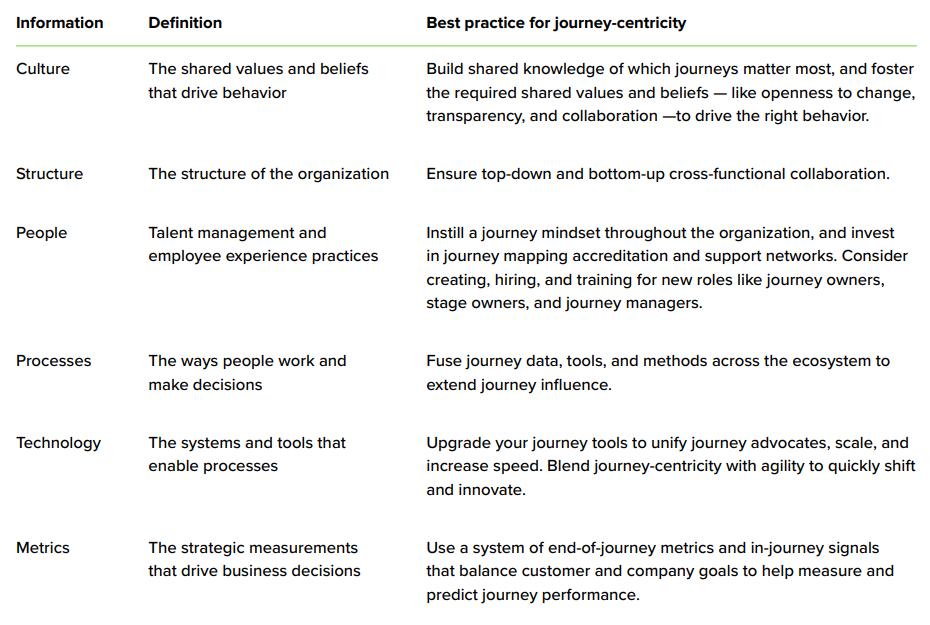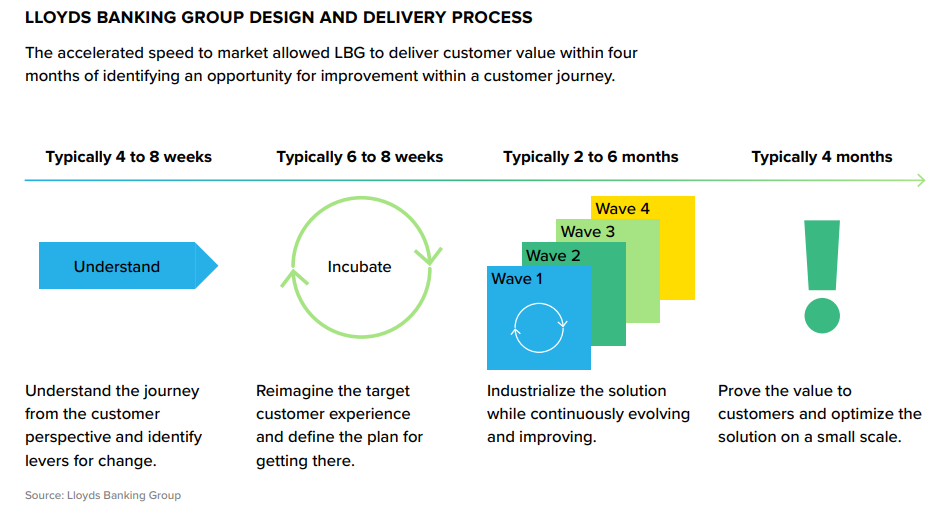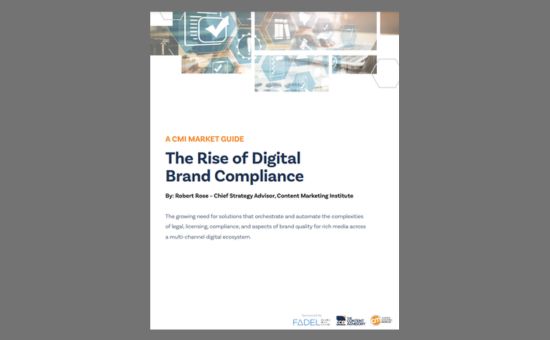How To Use Journey Maps To Kick-Start A Customer Experience Transformation | Forrester
Customer Experiences
Journey maps are powerful artifacts that can catalyze your organization’s customer experience (CX) transformation.
This guide will show you how to leverage existing journey maps to spur enthusiasm for and investment in CX. You’ll discover how journey maps can serve as a springboard to:
• Prioritize CX projects that will have the greatest business impact.
• Improve the efficacy of CX measurement.
• Design experiences that drive loyalty.
Why You Can Get More Mileage From Existing Journey Maps
Numerous organizations create journey maps, store them in a content repository, and then neglect further engagement. Consequently, CX professionals often face frustration, having invested significant time and effort into journey mapping without reaping positive ROI.
To ensure your maps pave the way for success before embarking on transformative initiatives, consider the following questions:
- Do your journey maps have a clear purpose?
- Do they comprehensively cover your CX ecosystem’s breadth and depth?
- Are they centered around customers’ goals?
- Have customers validated them?
- Have they been internally shared and easily understood?
- Do key stakeholders, including executives, commit to them?
To enhance this situation, shift your perspective on journey mapping, or any CX tool, from the end goal to focus on the outcomes it can generate. Journey maps are adaptable tools that, within a broader ecosystem alongside methodologies like design thinking and agile development, as well as complementary artifacts like empathy maps, can identify opportunities to retain customers, enhance employee experience (EX), reduce costs, and boost customer satisfaction.
Use Journey Maps To Prioritize CX Projects
Seventy-seven percent of CX organizations lack a systematic approach to prioritizing projects. If your team falls into this category, it exposes you to various risks, including inefficient resource utilization, negative ROI, diminishing stakeholder buy-in, and stagnant or declining customer satisfaction. For many, these challenges are already pressing, with 48% of CX leaders identifying buy-in as their most significant obstacle.
Implementing a prioritization framework based on customer journeys for CX projects can ensure resource efficiency and focus on projects with both high feasibility and significant business benefits. By mapping journeys from the customer’s perspective, CX teams gain clarity on the location of pain points, allowing them to address the most critical issues as perceived by customers rather than relying on internal stakeholders’ assumptions.
Commencing with quick wins can demonstrate momentum and attract investment for more substantial projects. For instance, KPMG’s mapping of seven journeys unveiled 30 potential projects. The organization developed a framework to evaluate projects based on customer desirability, feasibility, and project viability, streamlining the selection process and enabling the identification of the top two projects to initiate.
Improve The Efficacy Of CX Measurement
The Table of Contents of “How To Use Journey Maps To Kick-Start A Customer Experience Transformation” Guide:
- Journey maps are powerful artifacts that can catalyze your organization’s customer experience (CX) transformation.
- Why You Can Get More Mileage From Existing Journey Maps
- Use Journey Maps To Prioritize CX Projects
- Improve The Efficacy Of CX Measurement
- Embed Customer Insights Into Your Organization
- Design Experiences That Drive Loyalty
- Next Steps
Number of Pages:
- 10 pages
Pricing:
- Free








